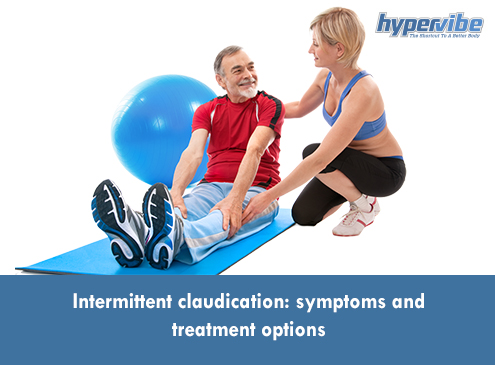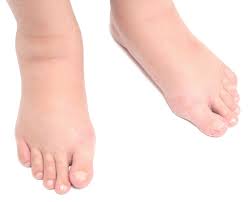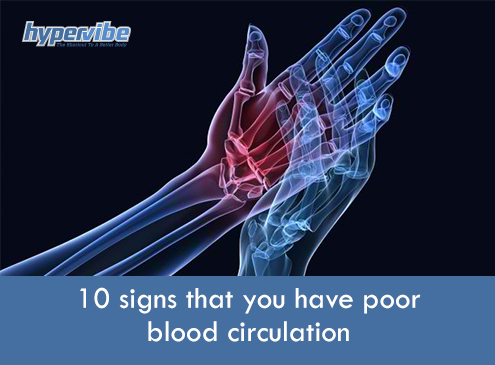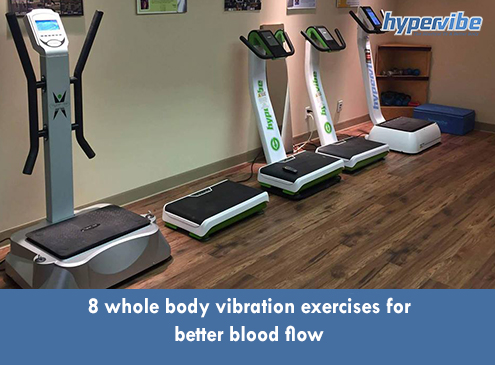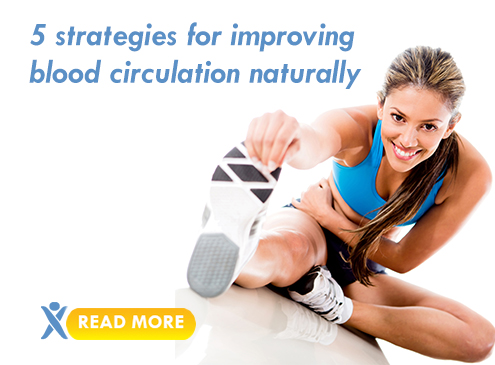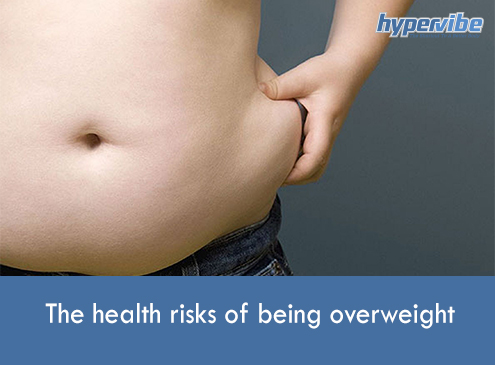Noninvasive treatments for varicose veins
Swollen, twisted and unattractive, varicose veins develop mostly in the legs and they often stick out, being easy to recognize. Colored in blue or dark purple and enlarged, varicose veins may or may not be painful, and they form as a result of the increased pressure in the blood vessels of the lower body.
Usually only a cosmetic concern, varicose veins may become uncomfortable and lead to more serious health issues. In a healthy circulatory system, veins are equipped with valves that keep the blood from flowing up toward the heart, but when the pressure in the blood vessels increases too much or the valves get damaged or are missing, the veins become filled with blood and stick out.
When the varicose veins signal a more serious problem, they may be accompanied by symptoms such as a burning sensation and muscle cramping or leg swelling, itching around the affected veins, pain that becomes more intense after standing or sitting for several hours, a heavy feeling in the legs and skin ulcers on the ankles or feet.
Who’s at risk for varicose veins?
The risk of developing varicose veins is higher in pregnant women because the weight of the upper body increases, and this causes an increased pressure in the veins of the lower body. Also, the volume of blood increases but the flow of blood flow the legs to the pelvis decreases in order to support the development of the baby. This can lead to blood accumulation in the lower body and enlarged veins in the feet and legs.
Another risk factors for varicose veins is age, as the valves that prevent the accumulation of blood in the vessels can become weaker or get damaged as a result of years of wear and tear. Sitting or standing for long periods of time, being obese or carrying several excess pounds in your upper body and having a job that involves lifting heavy objects constantly can make one more prone to this condition.
Although rare, complications of varicose veins can be extremely painful and unpleasant. Non-treated varicose veins can lead to ulcers and blood clots may form in the enlarged vessels, leading to leg swelling. This is a medical emergency.
Non-invasive treatment options for varicose veins
In most cases, self-care measures, lifestyle changes and home remedies can decrease the discomfort and reduce the risk of complications, ameliorating the appearance of varicose veins and preventing the formation of new ones. Some preventive measures include:
- exercising regularly, as this not only encourages blood circulation and maintains the blood vessels healthy and the blood pressure in normal limits, but also decreases the risk of obesity;
- maintaining a healthy weight and losing the extra pounds if you’re overweight is helpful, as it ensures a healthier blood pressure in the lower body;
- avoiding prolonged sitting or standing and keeping the legs elevated when sitting for long periods of time prevents the blood from accumulating in the leg veins;
- avoiding high heels and wearing compression stockings helps by encouraging blood circulation; on the other hand, wearing clothes that are tight around the waist, legs or groin can cut off the blood flow and cause varicose veins;
If you already suffer from varicose veins, there are some noninvasive treatment options, such as laser surgery, procedure during which a strong burst of light is sent onto the affected vein, causing it to slowly disappear.
No incision is needed, so the procedure is less unpleasant than sclerotherapy for example, which involves the injection of a small amount of solution into the varicose vein. This substance will cause the vein to close and disappear in a couple of weeks.
Have something to add to this article? Comment below or join our Facebook community and share your thoughts with us!






